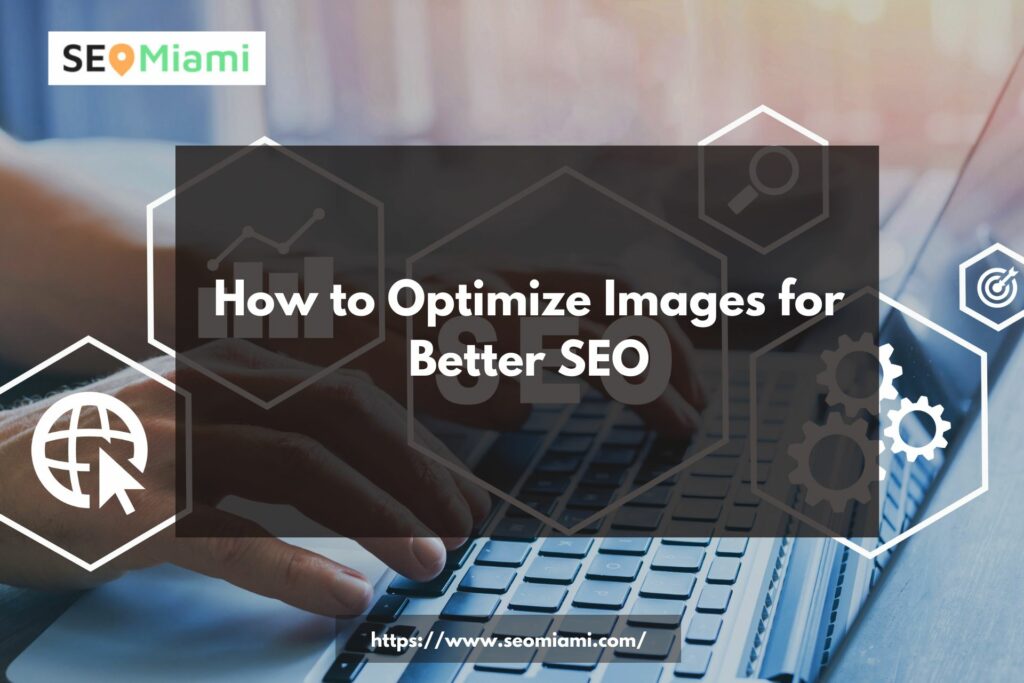Images play a crucial role in enhancing the overall user experience of a website and can significantly impact its search engine rankings. When used correctly, optimized images can help improve the site’s SEO, leading to higher visibility and increased organic traffic. In this article, we will delve into the best practices to optimize images for better SEO and outrank other websites.
1. Choose the Right Image Format
When selecting images for your website, it’s essential to pick the right file format to ensure both high-quality visuals and fast loading times. The most commonly used image formats are JPEG, PNG, and GIF. For photographs, opt for JPEG, as it offers a good balance between image quality and file size. PNG is ideal for images with transparency, while GIF is best suited for animated graphics.
2. Compress Images for Faster Loading
Page loading speed is a critical factor in SEO rankings, and large image files can significantly slow down your website. To optimize loading times, compress your images without compromising their quality. There are various online tools and plugins available that can help you reduce image file sizes while retaining visual clarity.
3. Use Descriptive Filenames
When saving images for your website, avoid generic filenames like “image123.jpg.” Instead, use descriptive filenames that include relevant keywords. For example, if your image is of a cute cat, a filename like “adorable-cat-playing.jpg” is much more SEO-friendly and helps search engines understand the content of the image.
4. Implement Alt Text
Alt text (alternative text) is a crucial element for image optimization. It provides a textual description of the image for search engines and users with visual impairments. Be sure to use descriptive alt text that accurately represents the image’s content, mood, or theme while incorporating relevant keywords naturally.
5. Choose the Right Image Size
Using excessively large images can slow down your website, while small images may appear pixelated and unappealing. To strike the right balance, resize images to their display dimensions on the website. This optimization will not only improve page load speed but also enhance user experience and SEO performance.
6. Utilize Image Captions
Image captions offer an excellent opportunity to provide context to both readers and search engines about the image’s relevance to the content. Including relevant keywords in your captions can further contribute to SEO optimization.
7. Leverage Responsive Images
With the prevalence of mobile devices, it’s crucial to make sure your website’s images are responsive. Responsive images adapt to different screen sizes, ensuring that your site looks visually appealing on all devices. This practice enhances user experience and positively impacts SEO rankings.
8. Host Images on Your Domain
To improve SEO, host your images directly on your domain rather than relying on third-party image hosting services. By doing so, you ensure that search engines associate the images with your website, enhancing your chances of ranking higher in image searches.
9. Use Structured Data Markup
Implement structured data markup like Schema.org for your images to provide additional context to search engines. This markup can help search engines understand the content and relevance of your images better, potentially leading to higher rankings.
10. Optimize Image Sitemaps
Including image sitemaps in your website’s XML sitemap can facilitate better indexing of your images by search engines. Ensure that your image sitemap is up-to-date and includes essential details like image titles, captions, and license information.
Conclusion
Optimizing images for better SEO is a crucial step in enhancing your website’s visibility and attracting more organic traffic. By following the best practices outlined in this article, such as choosing the right image format, compressing images, using descriptive filenames and alt text, and leveraging structured data markup, you can significantly improve your site’s SEO performance and outrank other websites.
FAQs
1. Why is image optimization important for SEO?
Image optimization is crucial for SEO because it improves website loading speed, enhances user experience, and provides additional context for search engines to understand your content better.
2. Can I use any image format on my website?
While you can use different image formats, it’s essential to choose the right format based on the type of image and its purpose to achieve optimal results.
3. Are there any SEO tools to help with image optimization?
Yes, several SEO tools and plugins can assist you in compressing images, generating image sitemaps, and analyzing your website’s overall SEO performance.
4. How can I add structured data markup to my images?
You can add structured data markup to your images by using Schema.org tags or plugins specifically designed for this purpose.
5. Should I host images on third-party platforms or my own domain?
For better SEO results, it’s recommended to host images on your own domain, as it helps search engines associate the images directly with your website.
